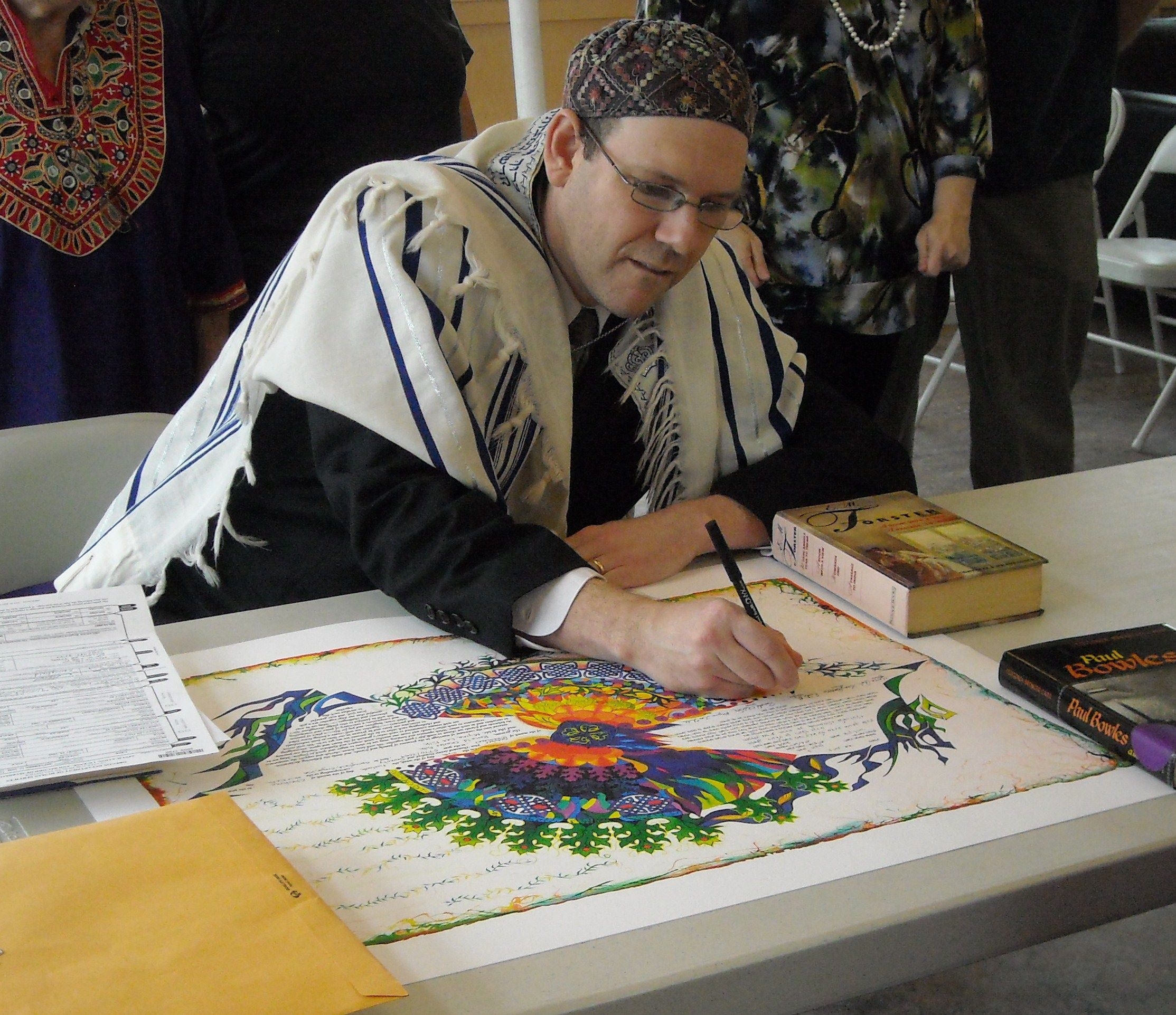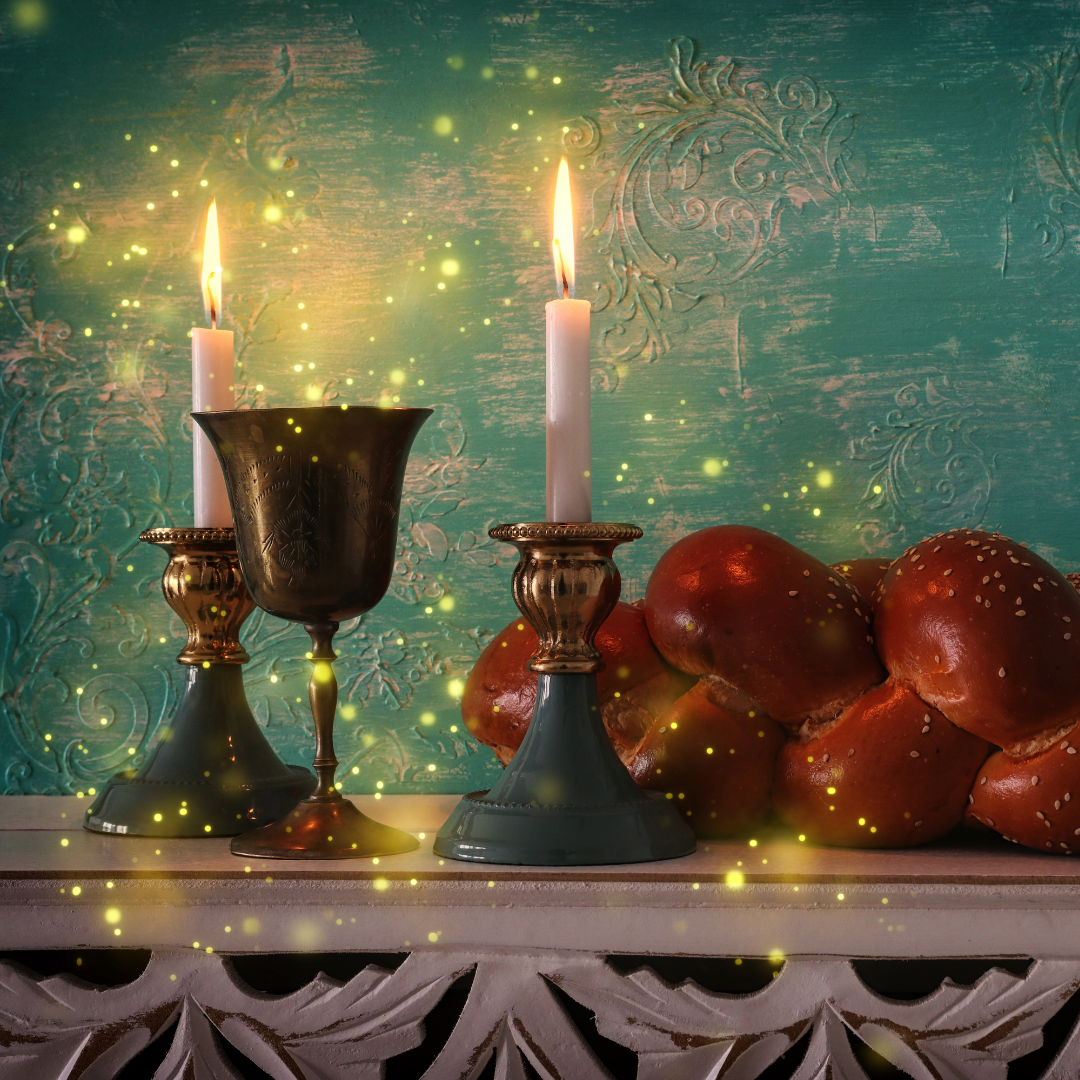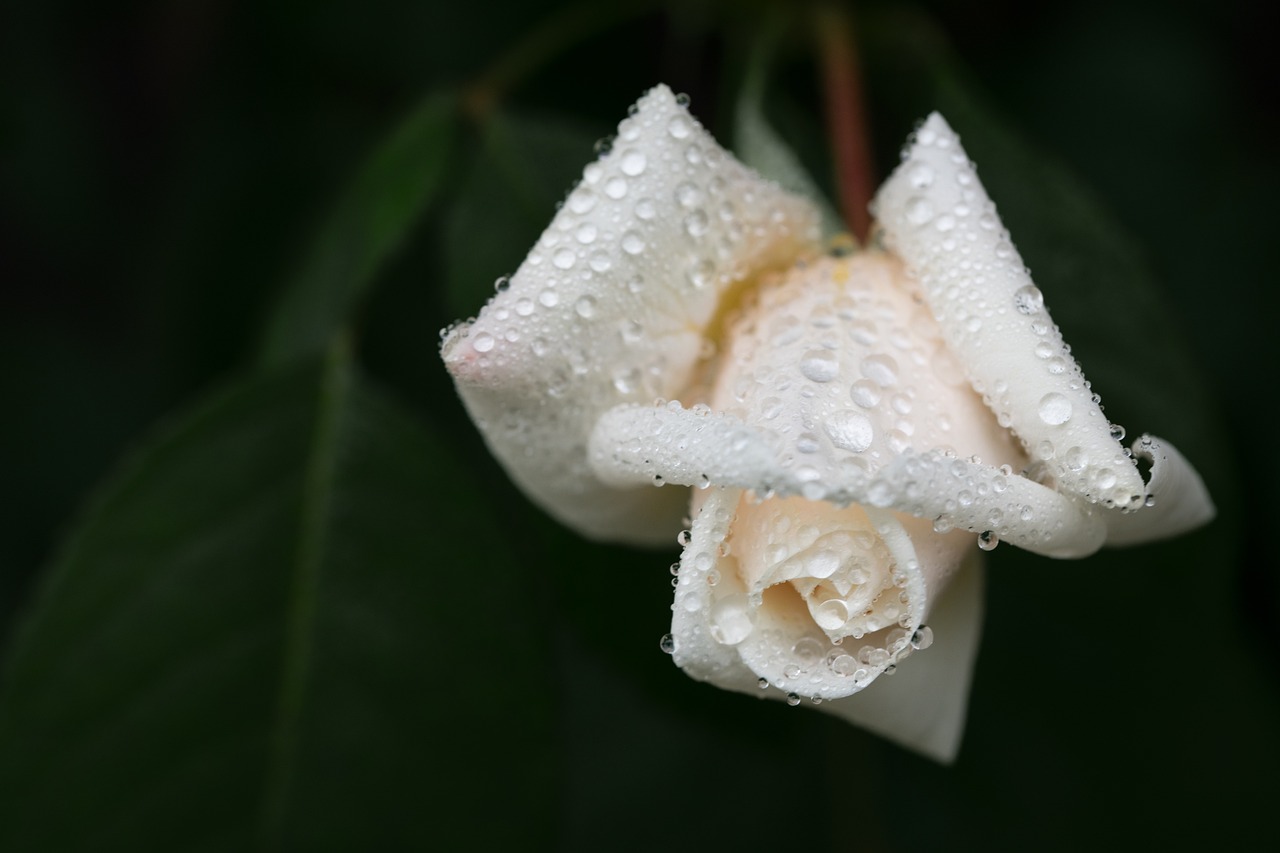The liturgy of the High Holidays, intended to facilitate individual connection with the Divine, alienates many women and girls. The masculine hierarchical God-language so prevalent in High Holiday liturgy can be painful and distancing. The following suggestions are offered as an attempt to restore the empowering potential of the High Holidays for those who have felt diminished, uninterested, and/or angered by traditional High Holiday prayer. They can be integrated into your High Holiday experience regardless of the shape your observance takes. Use them in synagogue, at home, with others, or alone.
TRADITION Women from Jewish Sephardic and Middle Eastern communities have long contributed to the celebration of Rosh Hashanah by preparing special foods. Chosen for their symbolism, these foods are eaten as part of a mini–Rosh Hashanah seder preceding the night meal. For example, the cooked head of a fish or lamb ensures that we will “head” into the year successfully; beet root keeps enemies at bay.
SUGGESTION Creatively re-appropriate this custom and involve children of all ages at your table. Choose foods that symbolize what you are looking to introduce into your life and community.
TRADITION While reciting a litany of wrong doings, many beat the chest area with their fists.
SUGGESTION Either as an alternative or as an addition, use a comforting motion like patting your heart or come up with your own ritual way of physicalizing your recognition of imperfections. If you spend most of the year beating up on yourself, use Yom Kippur to do the opposite. You can become aware of ways you’ve missed the mark without punishing yourself.
TRADITION More than any other series of holidays, Rosh Hashanah and Yom Kippur rely heavily on imagery of God as a King and Ruler. Comparatively, human beings are described as “dust of the earth” and “clay in the potter’s hands.”
SUGGESTION Consider using alternative and/or additional prayers and images. If you don’t feel comfortable with new liturgy, take a look at Ki Anu Amekha, a traditional liturgical poem that can be found in most makhzorim (High Holiday prayer books) which describes the relationship between God and people with a surprising range of images. If you are looking for new images, see Marcia Falk’s Book of Blessings, Sallie McFague’s Models of God, and Judith Plaskow’s Standing Again at Sinai for a good beginning. If you are a synagogue member you may want to think about joining the Ritual Committee.
SUGGESTION Assert your ownership of tradition and dare to experiment with new forms of observance instead of abandoning it completely. Draw on examples from your own life as a means of considering new ways of relating to the Divine.
SUGGESTION In addition to thinking about liturgical images, use the music of the High Holiday services to transcend language and make possible a different level of connection and spirituality. Music plays a central role in religious expression and is as much a part of the tradition of the High Holiday liturgy as the words themselves. Try to experience the Divine Presence through melody and song.
SUGGESTION Find inspiration by reading about the biblical character Hannah, the heroine of Rosh Hashanah’s first day Haftarah (prophetic portion). Though her whispered words were misunderstood by male authority, Hannah’s heartfelt prayer was heard and responded to by God, and she eventually became the rabbinic model for sincere worship.
SUGGESTION Spend time thinking about the core values underlying traditional High Holiday liturgy: humility; balance among all people; and power to decide our own fates. Rather than focusing on specific terms and formulaic language, concentrate on these fundamental themes.
SUGGESTION Think about the effect on the community, and on children in particular, of participating in a service conducted entirely or almost entirely by men. Does your community’s leadership reflect the liturgy’s assumption that ultimate power is male? How can you actively counter that assumption? Consider assuming leadership positions in your community.
SUGGESTION Encourage students and children to let their imaginations roam free when trying to comprehend the Divine. Talk with them about the meaning of metaphor; explore the images they like most.
SUGGESTION Let your rabbi(s) know if you want issues of God language to be addressed from the bimah (pulpit).
From the Ma’yan Journey, Fall 1997.












